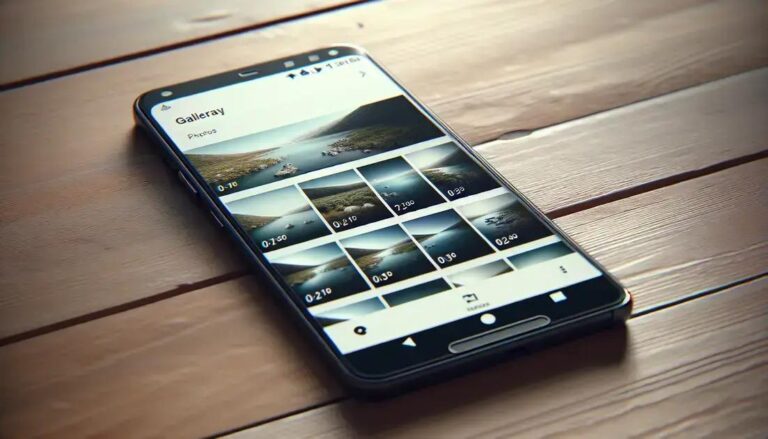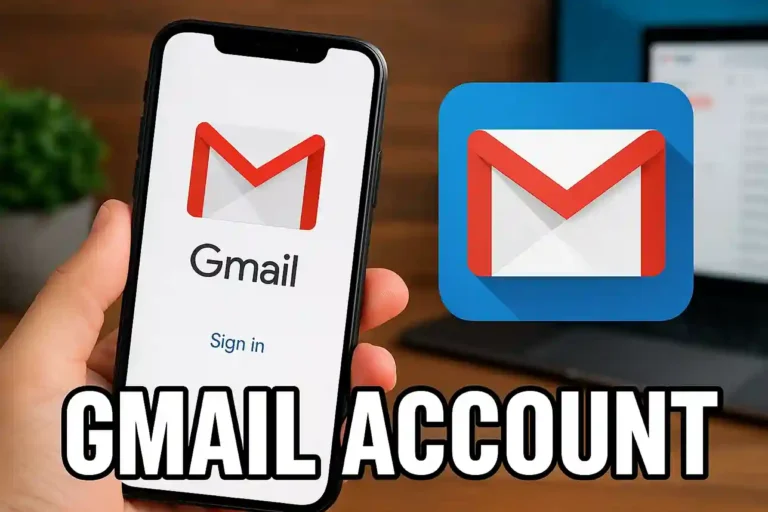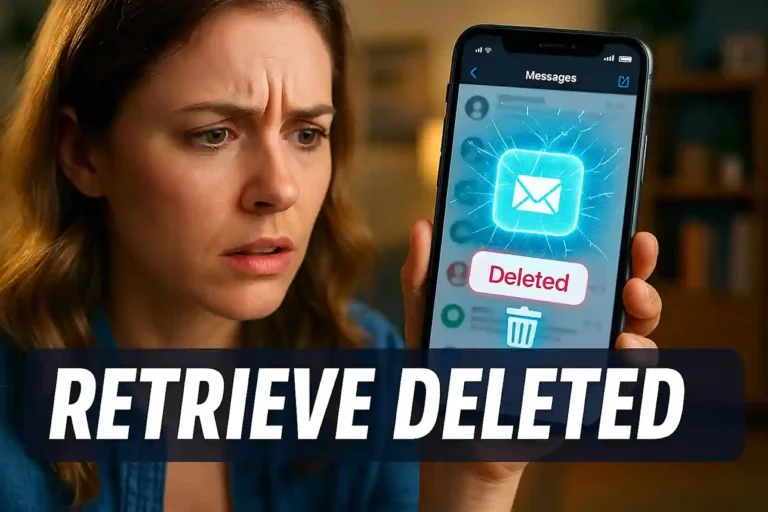Photos Were Deleted? Here’s How to Restore Them Easily
Recover deleted photos from phone can seem daunting, especially when you’re trying to bring back cherished memories from a trip or a special event. But don’t worry, it’s often easier than you think! It might feel like those images are gone forever, but with the right tools and a little patience, you can often retrieve them.
Ever formatted your phone by accident or deleted the wrong photo? You’ve probably wondered if there’s a way to reverse these errors. The good news is, in many cases, recovery is possible. Even if you’re not a tech expert, simple solutions exist that could restore your images.
In this guide, I’ll share methods to recover those invaluable photos. Whether you opt for recovery software, cloud backups, or professional services, you have options. Dive into discovering how you can reconnect with your lost photos!
Understanding Photo Recovery Options
When you accidentally delete photos from your phone, the first step is to understand the recovery options available. Not all is lost when you delete a picture; in many cases, it can be retrieved with the right approach. Let’s break down some effective methods to recover those photos.
Check Your Cloud Backup
Many phones are set to automatically back up photos to the cloud. Check services like Google Photos, iCloud, or OneDrive to see if your photos are stored there.
- Open the cloud app on your phone.
- Look for a folder labeled ‘Recently Deleted’ or ‘Trash’.
- If found, restore photos to your gallery.
Use Recovery Software
If your photos aren’t in the cloud, consider using a recovery software. These tools scan your phone’s internal memory for traces of deleted files. Some popular options include:
- Dr.Fone – Data Recovery
- DiskDigger Photo Recovery
- EaseUS MobiSaver
Download and install one of these apps, follow the onscreen instructions, and potentially recover your lost photos.
Explore Built-In Trash Files
Some phones have a built-in trash folder in their gallery app. Here, deleted photos may be retained for a short period before being permanently erased.
- Open the Gallery app.
- Navigate to the ‘Trash’ or ‘Recently Deleted’ folder.
- Select photos for recovery and restore them.
By exploring these options, you may successfully recover your photos without professional help. Yet, if these steps don’t bring results, consider professional recovery services that can help retrieve crucial data from damaged or complex systems.
How To Use Recovery Software Effectively
Using recovery software effectively requires understanding the steps and tools to maximize your chances of photo retrieval. Preparation and choice of the right software are key to unlocking those lost images successfully. Here’s a detailed guide to help you through the process.
The first step is to select a reliable recovery program compatible with your device. Some popular options include:
- Dr.Fone – Known for user-friendly interface and extensive file recovery.
- EaseUS Data Recovery Wizard – Offers comprehensive scanning options.
- Recuva – A free tool with a straightforward approach.
Choose a tool that matches your technical comfort level.
Once you’ve chosen the software, install and run a scan on your device. Follow these general steps:
- Connect your phone to a computer using a USB cable.
- Launch the recovery software and select your device.
- Choose the type of files you wish to recover, such as photos.
- Initiate the scan and let the software search for deleted files.
The scan may take several minutes depending on your device’s storage size.
Review the results carefully. Recovery software typically displays a preview of recoverable files. Select the photos you want to recover and follow the prompts to restore them to your device or computer. Always save recovered files in a different location to avoid overwriting.
For optimal results, use the software shortly after deletion and avoid adding new data to your phone. This reduces the risk of overwriting the deleted photos, increasing the likelihood of full recovery.
Tips To Prevent Future Photo Loss
Protecting your photos from loss is crucial, especially with the many ways they can be unintentionally deleted or lost. Implementing preventive measures is key to safeguarding your digital memories. Here are some effective tips to help you keep your photos secure.
Regular Backups: One of the simplest ways to prevent photo loss is through regular backups. Schedule automatic backups to cloud services like Google Photos, iCloud, or Dropbox. Ensure that your settings are configured for frequent syncing, reducing the risk of loss if your phone malfunctions.
Use an SD Card: Expand your phone’s storage by using a high-capacity SD card. Keep your photos on the card instead of the device memory. This way, even if your phone gets damaged, your photos are safe on the SD card.
Install Photo Management Apps: Consider apps that offer more than just storage. Apps like Adobe Lightroom or Snapseed offer organization features, ensuring your photos are categorized and not accidentally deleted. They also allow easier photo recovery within app galleries.
Enable Photo Lock: Some phones offer a photo lock feature, which guards specific photos against accidental deletion. Use it for cherished images to add an extra layer of protection.
Following these steps will minimize the risk of future photo loss, ensuring your pictures are safely stored and accessible when you need them.
When To Seek Professional Help
Sometimes, personal attempts to recover deleted photos may not yield the desired results, particularly if the data loss is due to severe technical issues. Knowing when to seek professional help is important to ensure you get the best chance at retrieving your photos.
Device Damage: If your phone has suffered physical damage, like being dropped or submerged in water, professional intervention is recommended. Experts can handle these situations with specialized tools.
Complex Data Loss: When you experience data corruption or your phone isn’t recognizing its storage correctly, this calls for expert help. Professionals use advanced software to access and recover corrupted files.
Failed Recovery Attempts: If you’ve tried using recovery software and your photos are still missing, it’s likely time to consult a specialist. Continuous attempts on your part may risk overwriting the data, making recovery harder.
Confidential or Irreplaceable Data: When losing photos could result in considerable personal or business consequences, don’t risk DIY methods. Seek assistance from a certified data recovery service to handle sensitive tasks.
These professionals have the tools and knowledge to access your device’s storage at a deeper level, increasing the chances of photo recovery. It’s an investment that might save your precious memories.
FAQ – Frequently Asked Questions About Recovering Deleted Photos From Your Phone
What should I do first when I accidentally delete photos?
Immediately stop using your phone to avoid overwriting the data, then check your cloud backup or recovery software options.
Can cloud services help recover deleted photos?
Yes, services like Google Photos and iCloud offer recycle bins where deleted photos may be stored temporarily for recovery.
Is recovery software effective in retrieving lost photos?
Recovery software can be very effective for recent deletions, especially if the data hasn’t been overwritten by new files.
What types of recovery software are available?
Popular recovery programs include Dr.Fone, EaseUS Data Recovery Wizard, and Recuva, each offering unique features for photo recovery.
When should I consider professional help for recovering photos?
Seek professional help if your device has physical damage, file corruption, or if previous recovery attempts have failed.
Can I prevent future photo loss on my phone?
Yes, by regularly backing up your photos, using an SD card, and managing files with reliable apps, you can minimize the risk of photo loss.






